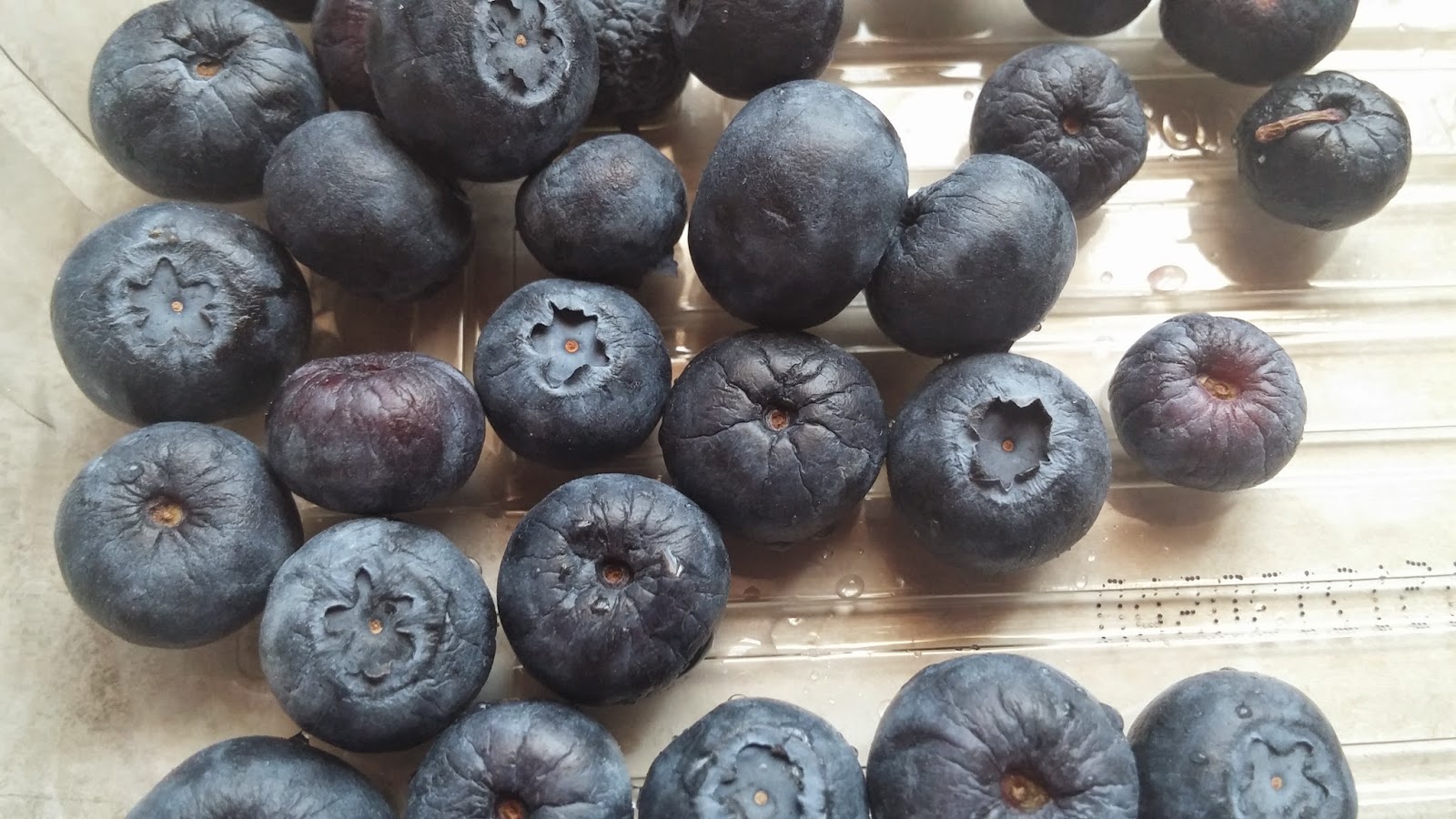Apparently I missed blogging so much that I feel the need to do a
second post tonight. Lucky you. Haha, it's more like I have too much to say and if I don't say it now, I would probably feel too lazy again.
Anyways, I am being quite unoriginal here as the title and theme of this post is from the poster I made for my Chinese class. As I mentioned in the previous post, I did not have time to visit a botanical garden while in Taiwan, but Taipei, as the title suggests, served as a botanical garden. I guess this had to do with how environmentally-conscious Taipei seemed to be, but there were a lot of labelled plants throughout the city. Granted, you might not find as much information as you would at a botanical garden, but that is pretty understandable.
國立臺灣大學 (National Taiwan University)
Seeing as my own college is an arboretum, I suppose I should not have been surprised to see that the plants at National Taiwan University were also labeled, especially since they have an agronomy department and offer, I'm pretty sure, quite a few plant science courses. Still it was cool to see plants labeled especially on such a huge campus; not only that, but some of the streets were named after plants as well.
 |
楓香 (Fēng xiāng)
Chinese Sweetgum |
 |
The bark on this tree is so cool!
蘇鐵 (Sūtiě)
Sago Cycas |
NTU even has an official flower, the azalea (杜鵑花 -
Dùjuān huā), which were planted all over campus in an array of colors from white to light pink to magenta.
國立故宮博物院 (National Palace Museum)
Outside of the National Palace Museum, we saw quite a few camphor trees, which were labeled, as well as a large sign with information on the camphor tree--an important tree in Chinese culture perhaps?
 |
樟樹 (Zhāngshù)
Camphor Tree |
 |
| I've made it big for those of you who can read Chinese |
The cool thing about this sign is that it offers quite a bit of information for a street sign; besides the Chinese name, it also has the English and scientific names, as well as other (Chinese) names, traits of the tree, and where it is native to (Taiwan), albeit all in Chinese. It even has closeups of what the flowers look like.
臺北市立動物園 (Taipei Zoo)
The zoo was another unexpected source of plant names. What's more, there was even a few large signs with the picture and name of flowers which attract certain types of butterflies, which I found pretty cool.
 |
| There is a butterfly on that apple slice |
 |
| The cool billboard of flowers and butterflies |
 |
| I'm pretty sure this butterfly and flower is featured on one of those billboards |
Just two of the many little signs lying around the zoo helpfully informing visitors of what these plants are, plus many of them are native to Taiwan!
What's more, besides having just a panda house or a desert animal enclosure, the zoo also had a section for ferns. How cool is that?
Unfortunately I did not have a chance to go in and check it out as my class was moving pretty fast--it would have been nice to go in though.
臺北孔廟 (Taipei Confucius Temple)
Like the zoo, the temple had a lot of plants which were native to Taiwan. Like the camphor tree sign, these signs had the Chinese, English, and scientific names of the plants, along with general information like family, characteristics, native to, and usages, in both Chinese and English, the first I saw. Many of these plants had medicinal purposes, which I wonder if it had anything to do with being at a temple.
 |
桂花 (Guìhuā)
Sweet Olive |
 |
肉桂 (Ròuguì)
Cassia Bark Tree |
To conclude, while I may have characterized Taipei as a city serving as a botanical garden, most of these identification signs were in locations, such as museums and zoos, which would receive a lot of visitors. This could, in part, be due to the high awareness of environmental conservation in Taiwan, and so could be seen as an attempt to increase public knowledge on local flora. However, seeing that most of the signs were in Chinese, the information would only be accessible to a certain audience, which makes me wonder how knowledgeable the average Taiwanese person is on plant identification. Furthermore, since the information is pretty general ("used medicinally" as opposed to "used to treat coughs"), how knowledgeable is the average Taiwanese person on specific uses for plants compared to general usages? How florally aware was someone living in Taiwan 20 years ago as opposed to now?
Wow, this started out as a blog post and ended up sounding like some report, or like my poster. Oops. ^^;; Anyways, just some food for thought. :)
Until next time~























































